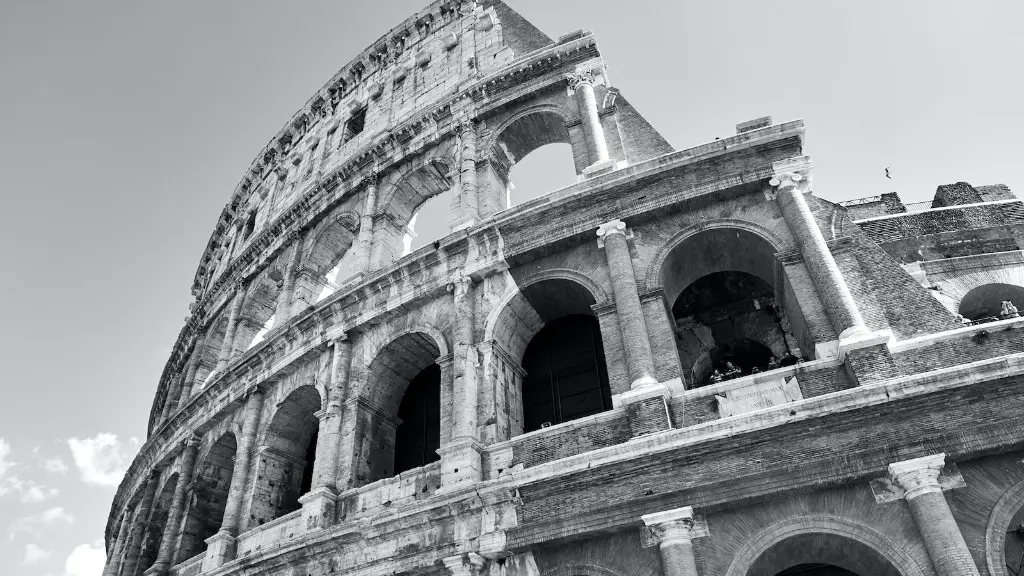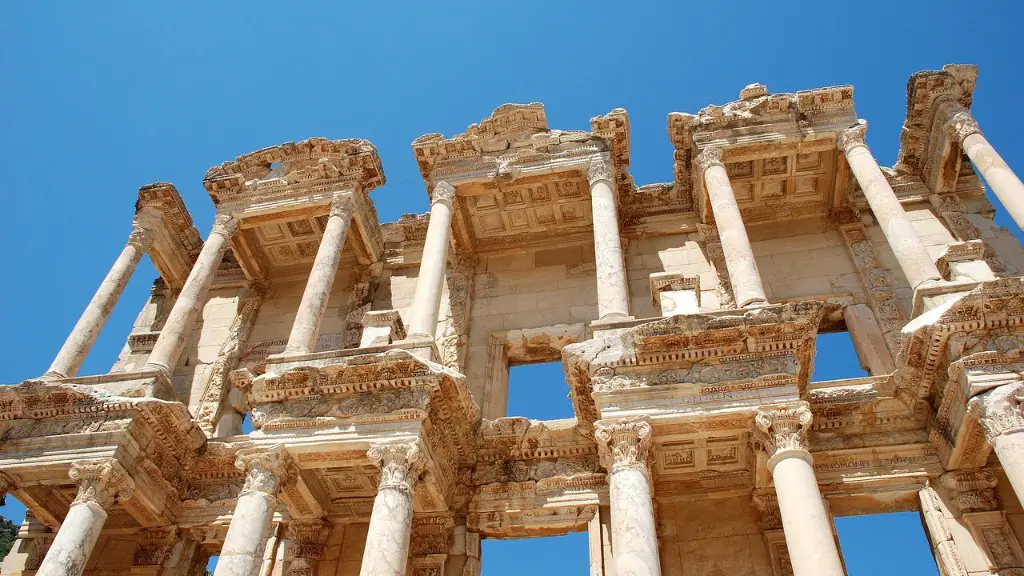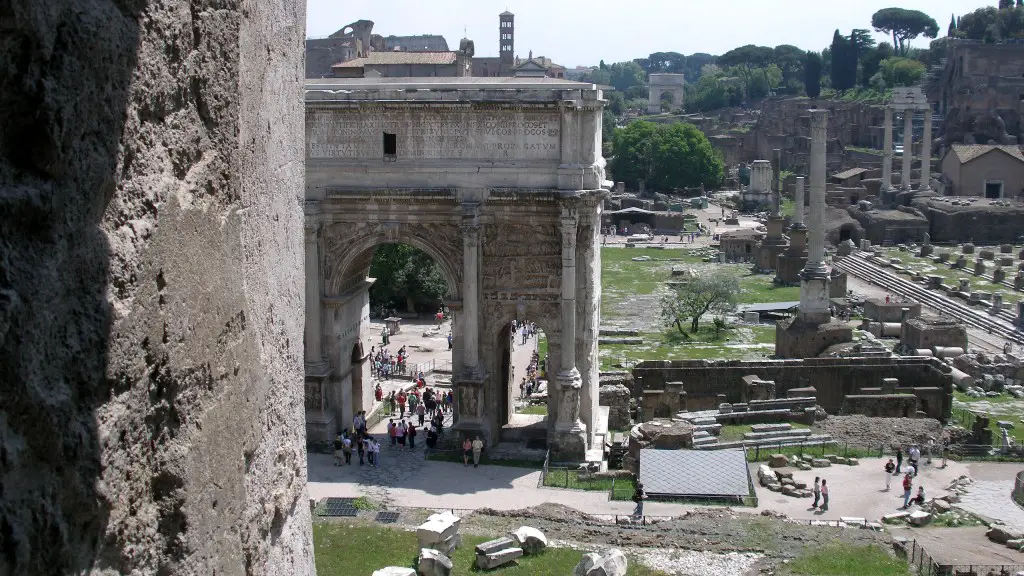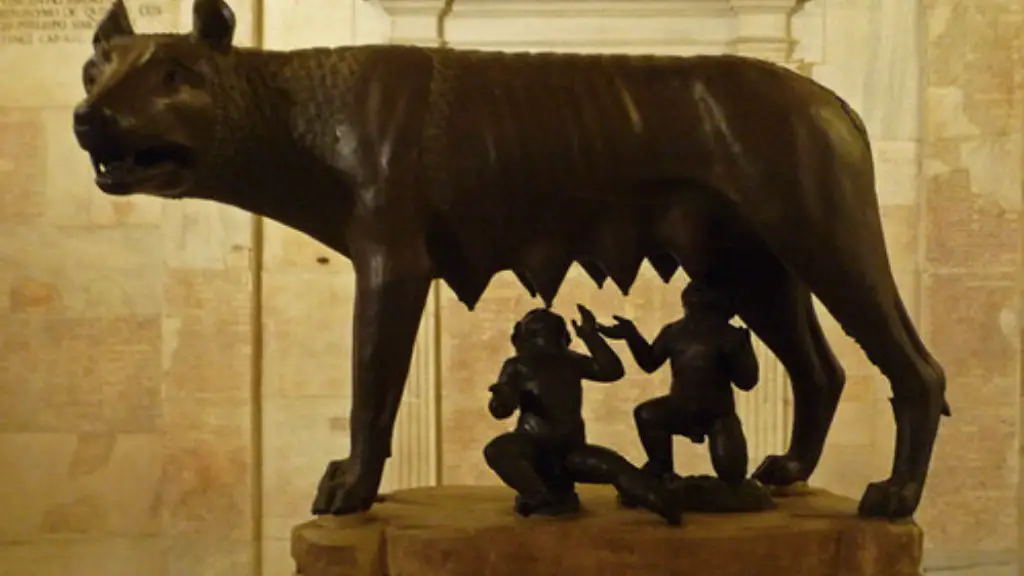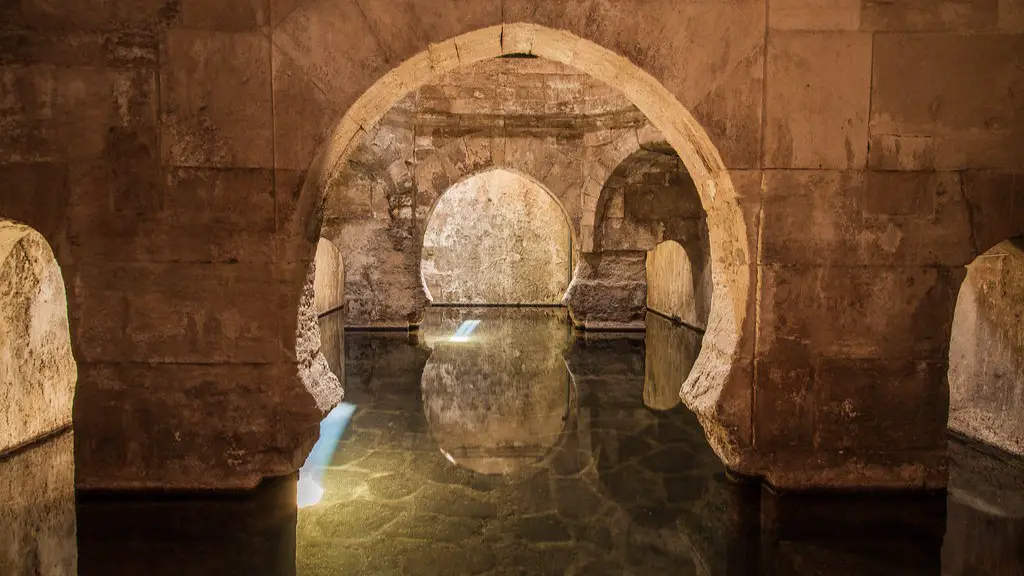Yes, ancient Rome did have gladiators. These warriors fought to the death in front of crowds of spectators in arenas. While some people see this as a barbaric practice, others see it as a part of history that should be respected.
Yes, ancient Rome had gladiators.
Were there really gladiators in Rome?
Gladiators were professional fighters who fought in ancient Roman times, in front of a crowd, usually in large amphiteatres, including the Colosseum. Their role existed for some 700 years or more.
Gladiators were typically slaves or prisoners, and their fights were a form of entertainment for the masses. These fights often resulted in death, and the winners were usually celebrated as heroes.
Despite their brutal nature, gladiatorial fights were a popular form of entertainment in the Roman Empire. They provided a way for people to vicariously experience the thrill of battle, and to see real-life heroes in action.
The gladiatorial games were officially banned by Constantine in 325 CE. Constantine, considered the first “Christian” emperor, banned the games on the vague grounds that they had no place “in a time of civil and domestic peace” (Cod Theod. 16.5.10). While religious and moral objections were raised to the games before Constantine, it was only under Constantine that they were finally banned.
Were Roman gladiators slaves or free men
Most gladiators in ancient Rome were slaves or ex-slaves, and fought in the arena as a form of entertainment for the public. They were considered as outcasts and were often referred to as “infamous” due to their bad reputation. However, some free men also fought as gladiators, under a proper contract and with a manager.
Being a gladiator wasn’t all a bed of roses. They were rigorously segregated from polite society and were incarcerated when not training or fighting. They retained an aura of dishonor about them even in death – when they were interred far from their contemporaries in special graveyards of their own.
How brutal were gladiator fights?
The “sport” of gladiatorial combat was appallingly brutal, and many gladiators faced the arena with fear and trembling. This was especially true for those who were assigned to square off against wild animals. On one occasion, 20 gladiators committed group suicide, killing one another one by one, rather than enter the arena. Such was the fear that they faced.
Spartacus was a famous Roman gladiator who led a massive slave rebellion. He was enslaved and put through gladiator training school, an incredibly brutal place. He and 78 others revolted against their master Batiatus using only kitchen knives.
What was the life expectancy of a gladiator?
In spite of the fact that the life of a Gladiator was usually full of violence and short, most only lived to their mid-20s. It is estimated that for every five or ten bouts, one of the participants died.
Gladiators were an expensive investment for those who ran the gladiator schools. It was therefore preferable that the fighters did not die on the field. This meant that they had to be strong enough to last more than one fight. Contrary to popular belief, not many gladiators actually fought to the death.
Were gladiators freed if they won
The ancient Romans were well aware of the dangers that their gladiators faced each time they stepped into the arena. However, they also knew that these brave warriors earned a good living from their battles, and that if they survived the blood-thirsty crowds and the 3-5 year term, they were free to go. Although death always loomed over every fight, the Romans considered it a price worth paying for the entertainment of their citizens.
Some gladiatorial contests included animals such as bears, rhinos, tigers, elephants, and giraffes. Most often, hungry animals fought other hungry animals. This created a very brutal and bloody spectacle for the spectators.
What was the average weight of a Roman gladiator?
The guys that Walker is referring to are professional wrestlers and he notes that they are much bigger and more muscular than the average person. He points out that this size and strength is necessary in order to perform the stunts and moves that are required in professional wrestling.
It is amazing to think about how much life expectancy has increased over time. It is especially incredible when you compare it to how short life expectancy was during the Roman Empire. It is clear that we have come a long way in terms of medical advancements and other factors that contribute to a long life. I am grateful to be living in a time when I can expect to live a long and healthy life.
Were gladiators rich or poor
The games were so popular that successful gladiators could become extremely rich and very famous. As a result, while most gladiators were condemned criminals, slaves or prisoners of war, some were freedmen who chose to fight, either as a way to achieve fame and fortune, or simply because they enjoyed it. Gladiatorial contests were usually held during religious and public festivals, and most were free to attend.
The evidence suggests gladiators carbo-loaded. They ate a diet high in carbohydrates, such as barley and beans, and low in animal proteins. Their meals looked nothing like the paleo or meat-and-fish centric diets now associated with elite warriors and athletes.
Why did Roman love gladiators fight?
The Romans believed in both physical bravery and in punishing those who had done something wrong. They saw the arena as a place to do both. Criminals were often exposed to the beasts as punishment for their crimes.
The Gladiator contests, which were popularized in Rome, were finally ended in 404 CE. This is largely due to the fact that the new Christian-minded Empire was not in favor of these types of events.
Warp Up
Yes, ancient Rome did have gladiators.
Yes, ancient Rome did have gladiators.
